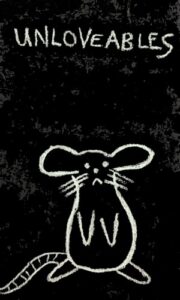 Title: Unloveables
Title: Unloveables
Author: Liz Boysha
Publisher: Self-Published
Publication Date: August 18, 2024
Genres: Science Fiction, LGBTQ+, Romance
Length: 98 pages
Source: I received a free copy from the author.
Rating: 4 Stars
Blurb:
After the apocalypse, after the Megadrought, the Great Floods, after the Water Wars, the TriPlague, the Midwestern Firestorms; after the Superricane that wiped out the entire East Coast, after the Refugee Crisis and the Great Migrations and whatever wars they fought over that… In a remote corner of what was once Colorado, some people are still just trying to survive.
Content Warning: A fatal car accident. Homophobia. A character who has migraines but no medication for them. Climate change that makes finding enough food, water, and shade difficult. Brief references to childhood abuse, a past rape, and violence.
Review:
Survival is the name of the game.
A lot of post-apocalyptic fiction focuses on strong, able-bodied adults who either already have the skills they need to survive or are able to quickly learn what they don’t already know, so it was refreshing to read about teens, one of whom is disabled, managing to survive in such an environment for so many years. There were other aspects of the two main characters’ identities that are also underrepresented in this genre, although I think it’s best for other readers to discover most of them gradually just like I did. I enjoyed getting to know Rat thought this was pretty realistic sketch of what kids who grew up in such a dangerous and unpredicatable environment could be like.
With that being said, I would have liked to learn more about the unnamed protagonist. He wasn’t even willing to share his real name with Rat or the audience, much less answer the multitude of other questions I had about his personality and upbringing. While this made sense when I considered how traumatized he was, it also meant that this reader never got to know him as well as I hoped I would. He always flitted around the edges of the conversation and was happy to share tips for finding food or water but never wanted the conversation to drift into anything deeper than that. It would be nice to learn more about him in any sequels that might be written in the future as I only felt like I could describe him in the most general terms by the time I finished reading this.
The romance was subtle and handled nicely. I have not read many romances about two asexual characters before, so I gently stepped away from my preconceived notions of what that might be like and waited to see what would happen. I appreciated the fact that both characters were willing to talk about such things openly and knew what they wanted out of a relationship even though neither one was at all expecting to fall in love when they first met. That’s exactly how I like romance tales to unfold.
Unloveables has left me eager to read more about these characters.

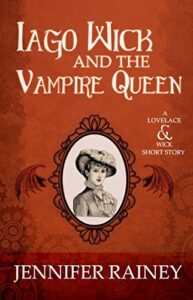 Title: Iago Wick and the Vampire Queen (Lovelace & Wick #1.5) by Jennifer Rainey
Title: Iago Wick and the Vampire Queen (Lovelace & Wick #1.5) by Jennifer Rainey Title: An English Heaven
Title: An English Heaven Title: A Creak in the Night (Valley Ghosts Series)
Title: A Creak in the Night (Valley Ghosts Series)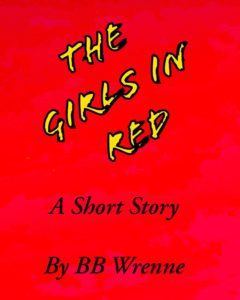 Title: The Girls in Red
Title: The Girls in Red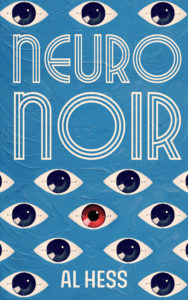
 Title: Snow
Title: Snow
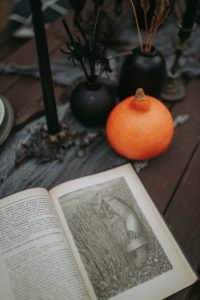 The original theme for this week was “atmospheric books.”
The original theme for this week was “atmospheric books.”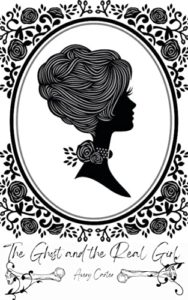 Title: The Ghost and the Real Girl
Title: The Ghost and the Real Girl Title: Jathniel, The Immortal
Title: Jathniel, The Immortal